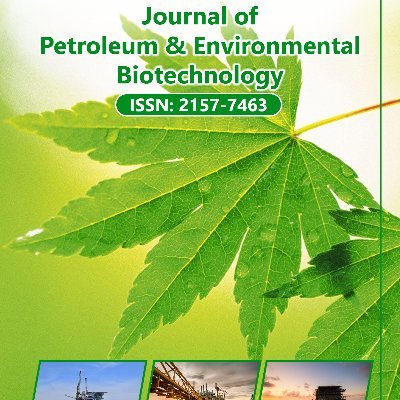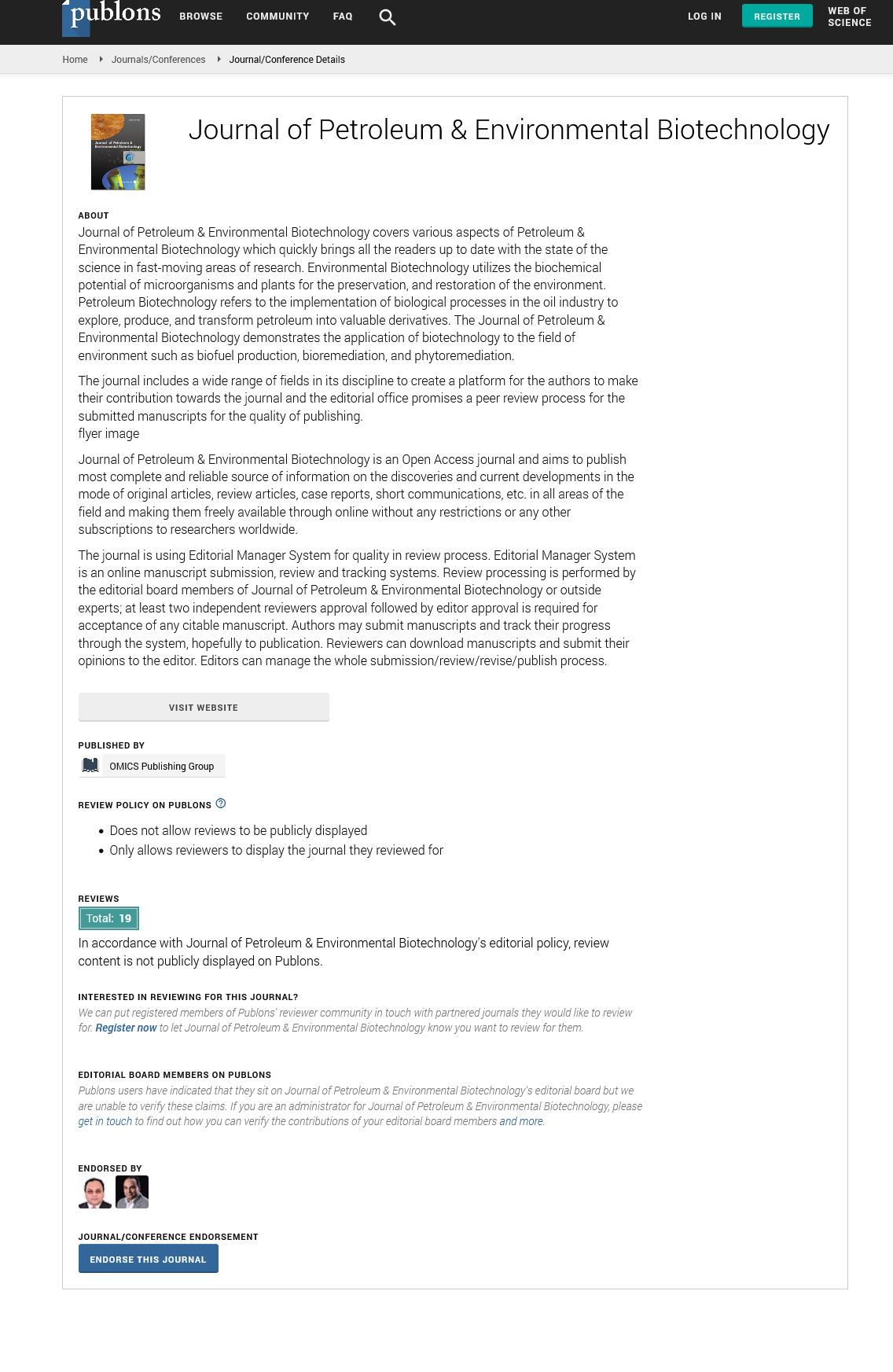Indexed In
- Open J Gate
- Genamics JournalSeek
- JournalTOCs
- China National Knowledge Infrastructure (CNKI)
- Electronic Journals Library
- RefSeek
- Hamdard University
- EBSCO A-Z
- OCLC- WorldCat
- SWB online catalog
- Virtual Library of Biology (vifabio)
- Publons
- MIAR
- Euro Pub
- Google Scholar
Useful Links
Share This Page
Journal Flyer

Open Access Journals
- Agri and Aquaculture
- Biochemistry
- Bioinformatics & Systems Biology
- Business & Management
- Chemistry
- Clinical Sciences
- Engineering
- Food & Nutrition
- General Science
- Genetics & Molecular Biology
- Immunology & Microbiology
- Medical Sciences
- Neuroscience & Psychology
- Nursing & Health Care
- Pharmaceutical Sciences
Ecosystem-based planning of urban green areas and recovery through Nature-based Solutions (NbS): what are the real benefits for the environment and citizens health?
6th Global Summit on Environmental Health
April 14, 2025 | Webinar
Marco Ottaviano
University of Molise , Italy
Scientific Tracks Abstracts: J Pet Environ Biotechnol
Abstract:
Urbanization is proceeding at an extremely fast pace: for the first time since 2008, more than half of the world's population live in cities, although cities occupy only 2% of the earth's surface, people are already using 75% of all natural resources. This implies the configuration of available urban green spaces as central elements in increasing the quality of urban settings and local resilience, resulting in positive impacts on people's health and well-being. It is important to develop a network of green infrastructure, not just ancillary green, so that it can cope with the high complexity and dynamism of urban areas. Another fundamental aspect to consider, at the planning level, is the structure and choice of areas to be allocated to green spaces as well as their type. The accumulated knowledge on NbS demonstrates that they are locally attuned solutions to the social context, and they generate multiple benefits; their use could address climate change and biodiversity loss, while supporting various sustainable development goals. New model based on the evaluation of the provision of Ecosystem Services and situations of ecological degradation in which environmental restoration interventions are necessary allows the improvement of the entire territory with a series of benefits evaluated both in terms of ecological improvement and in terms of health improvement human. Scenarios of restoration areas were created, quantifying the benefits relating to the improvement of the ecology of the territory, such as the increase in connectivity and Core Areas, the increase in the provision of Ecosystem Services and the increase in capacity of absorption of pollutants in urban areas. Simply through rewilding. The identification of the areas to be restored allows improvement even just through the rewilding of the identified surfaces, without costly investments requiring post-intervention management.
Biography :
Marco Ottaviano is a Researcher at University of Molise, and manager of Forestry Labs of Department of Bioscience and Territory (www.ecogeofor.unimol.it). Since 2008 he has been teaching Geomatics and Forest Inventories in the Forest Sciences course: Works from more than 25 years in the land cover/use field by using remote sensing images for forests planning and trees outside forests researchs. It was in the scientific supervision team of 2006 to 2024 update of Corine Land Cover layer in Italy and Verification and Enhancement of the Italy high-resolution layer (HRL) related to the Italy National Land Cover GMES/Copernicus Initial Operations Land Monitoring 2011-2013. Consultant for Italian Forest Sciences Academy (AISF)

